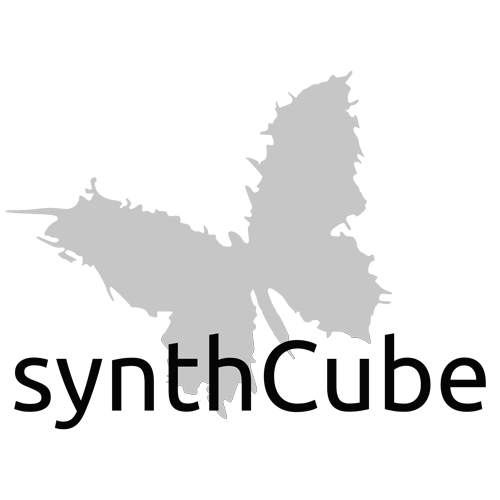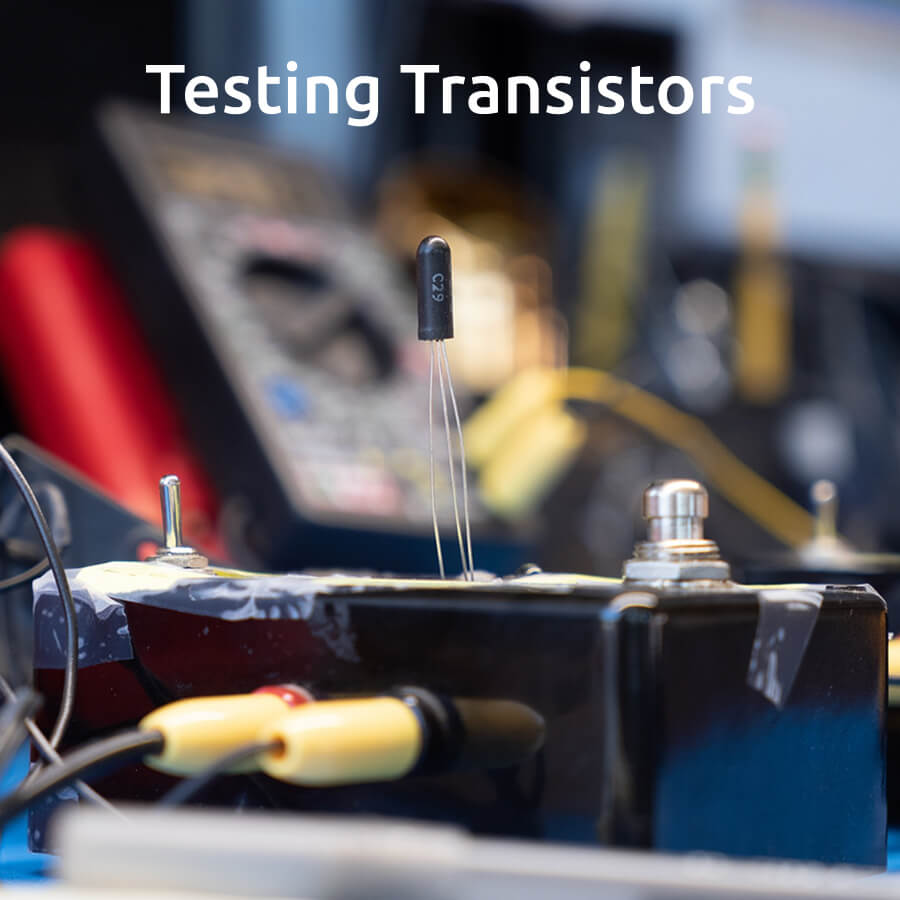Testing Your Transistors
Posted by
admin
25/04/2023
0 Comment(s)
For modular minds and pedal heads alike...
If you build your own effects pedals from kits or from scratch, you will often find that you need to obtain
a transistor with a specific gain and/or leakage current, or else find an acceptable substitute for an
obsolete part.
Transistor testers are available from a number of vendors that can be very helpful to achieve this goal.
These can be very helpful in several ways. They can help to identify the transistor type and pinouts of
unmarked or unusual devices, or help to get a quick verification that a part is functioning, and an
estimate of its parameters. Transistor testers have a wide range of features and cost. Depending on the
specifications of a particular tester, however, one can be lead astray. Especially when using the lowest-
cost devices:
- When measuring a transistor’s gain, the tester may not accurately account for the transistor’s leakage current, generally resulting in gain measurements higher than will be seen in actual use.
- When measuring a transistor’s gain and leakage current, the tester may not allow time for the transistor to self-heat and settle at the temperature near where it will be operating at in-circuit. Generally, this results in gain and leakage measurements higher than will be seen in actual use.
- When measuring JFETs, many transistor testers do not correctly detect them as JFETs and report them as being BJTs instead.
- For some types of transistors (JFETs, NPN germanium transistors, for example) it is difficult or not possible for the pinouts to be accurately determined. In these cases, one needs to refer to the manufacturer’s pinout information, or try the transistor in-circuit to verify its pinout and functionality.
Germanium transistors as used in classic distortion pedals often have parameters that vary greatly until
the transistor has reached thermal equilibrium 5-10 minutes after being powered up in-circuit. In this
case the Bare Bones method devised by RG Keen is a great method to use to determine a transistor’s
gain and leakage current, and is how Small Bear has been sorting and choosing their germanium
transistors for years. Details about how to implement and work with the Base Bones method are at the
following links:
http://diy.smallbearelec.com/HowTos/FuzzFaceFAQ/FFFAQ.htm - (See Sections 24 and 25)
http://www.geofex.com/Article_Folders/fuzzface/fffram.htm
JFETs as often used in Phaser pedals require a more complex test setup in order to determine if a part is
acceptable for use in a specific circuit. The two parameters most often measured are Idss [Drain-Source
current when the Gate-Source voltage = 0] and Vgs(off) [Gate-Source OFF voltage]. In this case one
should be aware of the Drain-Source Voltage the part will see in-circuit, and set the test condition
accordingly when making measurements. Descriptions of JFET test circuits and how to use them are at
the following links:
https://therepaircafe.wordpress.com/2020/04/10/measuring-jfet-idss-and-vgsoff/
In any case, learning more about the transistors you use in your builds is a great way for you to become
familiar with the differences in sound and performance that occur as part parameters vary. The result is
pedals that better represent you and your brand, and are right in your Zone.
Written by Kyle
(Engineer, synthCube and Small Bear Electronics)

